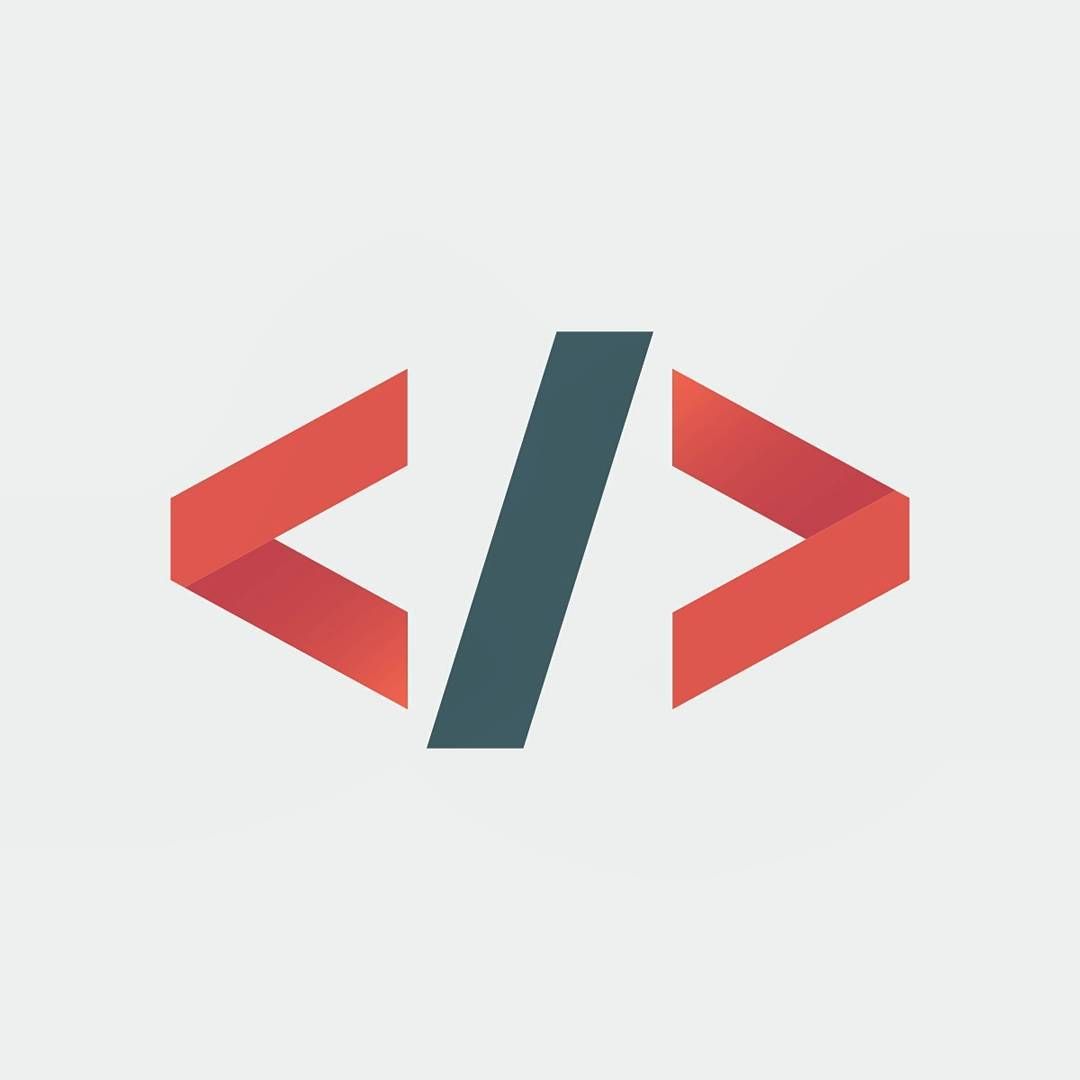HTML Fundamentals
There is so much more to HTML and CSS, these are some basics.
- DOCTYPE: The declaration defines the document type and version of HTML used in a webpage.
- HTML: The root element of an HTML page.
- Head: Contains meta-information about the HTML document, such as the title, character set, and linked stylesheets.
- Title: Sets the title of the HTML document, appearing in the browser's title bar or tab.
- Base: Specifies a default URL and target for all links on a page.
- Link: Defines the relationship between the current document and an external resource, such as a stylesheet.
- Style: Contains CSS rules for styling the HTML document.
- Body: Contains the content of the HTML document, such as text, images, links, etc.
- Heading (H1-H6): Headings of decreasing importance, with H1 being the most important.
- Paragraph (P): Defines a paragraph of text.
- Anchor (A): Creates hyperlinks; used with the href attribute to specify the URL of the linked resource.
- Image (IMG): Embeds images in an HTML document; includes the src attribute, pointing to the image file.
- Unordered List (UL): Defines an unordered list; list items are specified with the LI tag.
- Ordered List (OL): Defines an ordered list; list items are specified with the LI tag.
- List Item (LI): Defines a list item; used within UL (unordered list) or OL (ordered list).
- Div (DIV): Container used to group other HTML elements and apply styles or scripts.
- Span (SPAN): Inline container used to apply styles to a specific portion of text or a group of inline elements.
- CSS: Stands for Cascading Style Sheets; used to style the layout and presentation of HTML documents.
- Class Selector (.class): Selects elements with a specific class attribute.
ID Selector (#id): Selects a single element with a specific id attribute.
- Inline CSS: Style applied directly to an HTML element using the style attribute.
External CSS: Style defined in a separate CSS file and linked to the HTML document.

